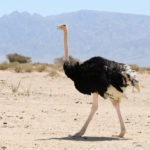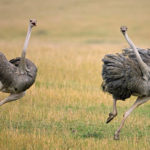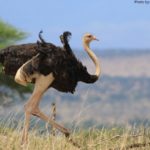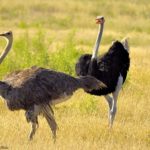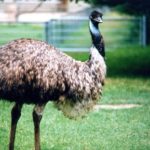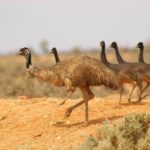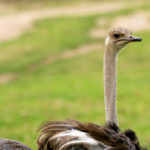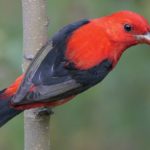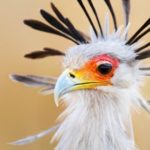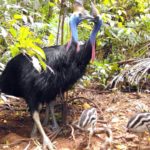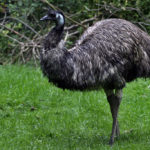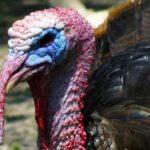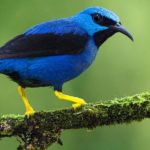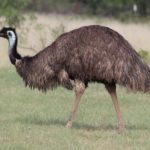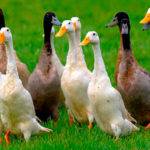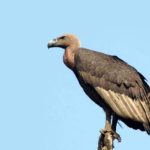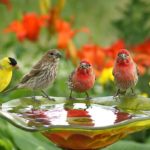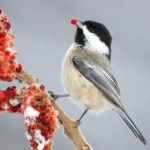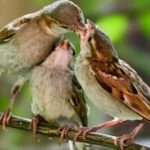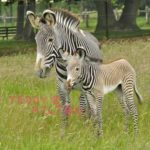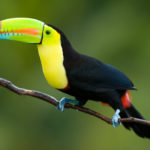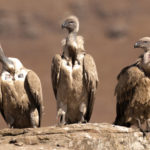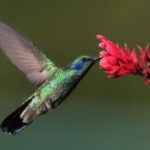Ostriches – information
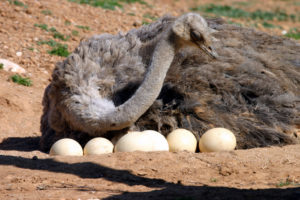 Ostriches feed mainly on greens of shrubs, grains, fruits and flowers, sometimes also insects, for example, locusts. There are no teeth in ostriches. They swallow small pebbles and pebbles, which help grind food in the stomach. An adult ostrich has about a kilogram of stones in its stomach.
Ostriches feed mainly on greens of shrubs, grains, fruits and flowers, sometimes also insects, for example, locusts. There are no teeth in ostriches. They swallow small pebbles and pebbles, which help grind food in the stomach. An adult ostrich has about a kilogram of stones in its stomach.
The ostrich is the largest bird in the world, its weight is on the average 63-131 kg, and the height reaches 1,8-2,7 meters. The ostriches can run at a maximum speed of 97 km / h, which makes them the fastest birds on the planet and the fastest among the creatures moving on two legs.
Contrary to popular belief, ostriches do not hide their heads in the sand. This myth appeared thanks to Pliny the Elder (23-79 AD), who wrote that ostriches “hide only the head and neck in the bush and at the same time feel that they will not be noticed.” The ostrich eggs are the largest among all bird eggs, and their yolk represents one huge cage. At the same time, if we consider the ratio of the size of an egg and an adult bird, eggs in ostriches are the smallest. From one ostrich egg it will turn out as much fried eggs as from 25 chickens.
The wingspan of the ostrich reaches two meters. Wings of ostriches are used during mating rituals and to protect their ostrich. Fly ostriches are not able. Strauss are widely known in the world mainly thanks to their feathers, which are used for decoration. The skin of ostriches is used in industry and is very durable. Meat of ostriches to taste resembles lean beef, it has a low level of fat, cholesterol, a lot of calcium, proteins and iron.
The ostrich has only two fingers on each paw (most birds have four). The nail on a larger size resembles a beak. There is no finger on the second finger. It is believed that a small number of fingers helps an ostrich so quickly run.
Winter ostriches spend in pairs or alone. Only 16 percent of the ostrich population live in groups of more than two birds. During the breeding season and sometimes during a drought ostriches roam in groups of 5 to 50 birds that keep close to other herbivores, such as antelopes or zebras.
